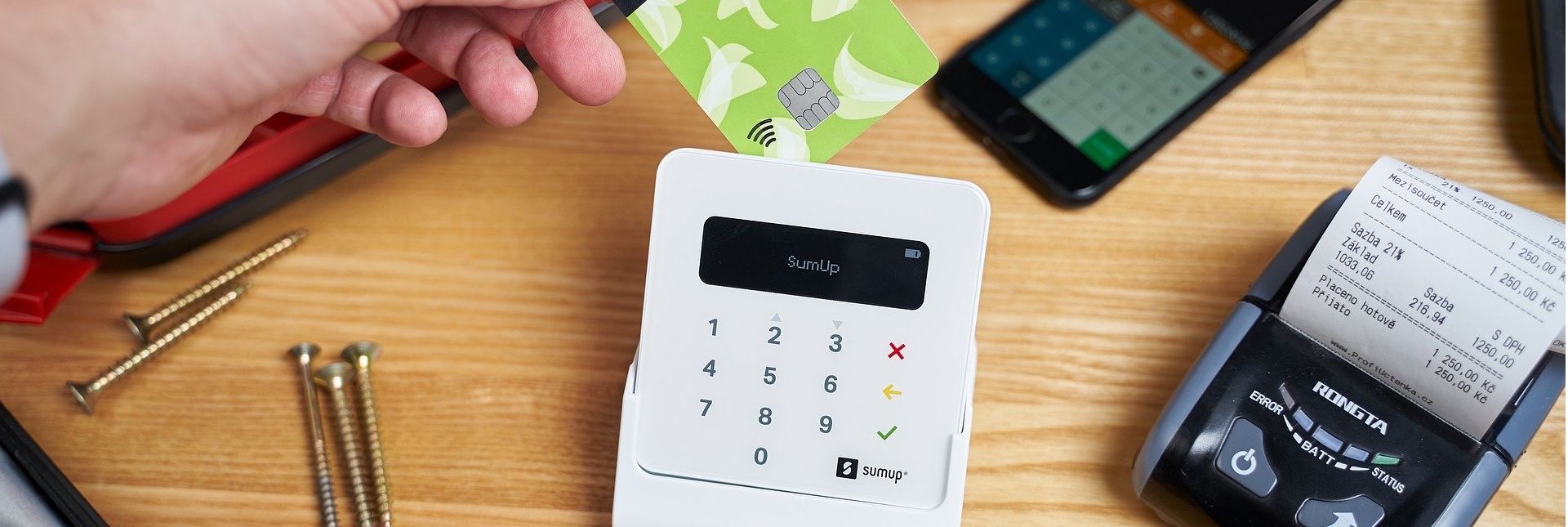Postponed VAT accounting - Update your accounting software!
30 Mar, 20214Since 1 January 2021, businesses registered for VAT that import goods into the UK from ...

Since 1 January 2021, businesses registered for VAT that import goods into the UK from anywhere in the world can use a new system called Postponed VAT Accounting. This lets businesses account for the import VAT on their VAT return, rather than paying it immediately (ie. at the port of entry). You can read more about this in our previous eNews article here.
Software providers have introduced new tax codes and options to ensure that this import VAT is correctly declared on VAT Returns.
Xero
Xero has introduced a Postponed VAT Accounting option within the software. This option is used for entering the amount of postponed VAT directly from the monthly HMRC statement. The monthly statements, which show the total import VAT postponed for the previous month, can be downloaded directly from HMRC and are available by the 6th working day of the month.
You can find the Postponed VAT Accounting option in Accounting > Reports > VAT Return > Apply Postponed VAT Accounting (PVA) adjustments > Enter the amount of postponed VAT from your monthly HMRC statement.
When you use this option, Xero will ensure that the import VAT is included within box 1 (output VAT) and box 4 (input VAT) of the return as required.
When using this option you will choose the tax code Zero Rated Expenses when you initially enter your purchase invoice.
Sage 50cloud Accounts
Sage 50cloud Accounts, works in a slightly different way with the introduction of a new T18 tax code.
Instead of recording figures from monthly statements from HMRC, in Sage 50cloud Accounts, import VAT is estimated at the point the purchase invoice is entered and adjusted when the monthly HMRC statement becomes available.
When entering the supplier invoices, the T18 tax code is selected.
At month end, the estimated VAT is compared to the monthly HMRC statement, and an adjustment is made as follows:
1. Create a new supplier record to be used for VAT adjustment postings, for example, Postponed VAT adjustments
2. Create a Batch Invoice (if the estimated VAT is too low) or Batch Credit (if the estimated VAT is too high) and enter a VAT only invoice as follows:
a. Supplier – New adjustment record
b. Date – Current date
c. Nominal code – Original purchase nominal code used
d. Details - Postponed VAT adjustment
e. Net - £0.00
f. Tax Code – T18
g. Tax - VAT adjustment amount
When you use this option, the import VAT is included within box 1 (output VAT) and box 4 (input VAT) of the return as required.
Nb. This treatment applies to v27.1 and above.
Sage Accounting (Sage Business Cloud and Sage One)
Sage Accounting, formerly known as Sage Business Cloud and Sage One, works in a slightly different way again.
The simplest way is to enter the amounts from the monthly HMRC statements, which is done by way of a journal.
Journals are found in Journals > New Journal. Select ledger accounts 2200 VAT on sales (credit); and 2201 VAT on purchases (debit). Select the option to Include on VAT Return.
When you use this option, the import VAT is included within box 1 (output VAT) and box 4 (input VAT) of the return as required.
When using this option you will choose the tax code Zero rated 0.00% when you initially enter your purchase invoice.
Use other software?
If you use other software, it is highly likely that they will be introducing their own VAT rates which you can use. We recommend that you contact them directly to ask.
If you would like any additional information, help and assistance with updating your accounting software then please do not hesitate to get in touch.



